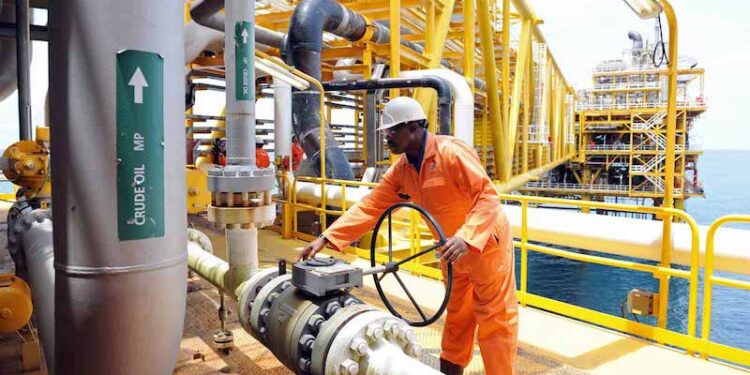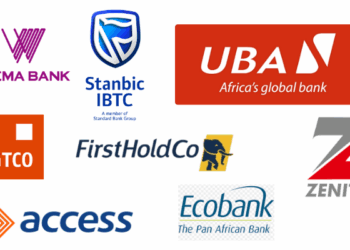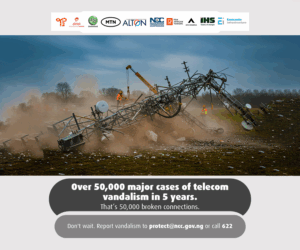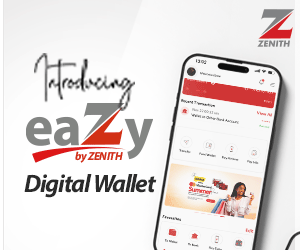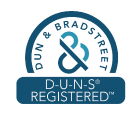Nigeria’s oil and gas sector remains defined by asset-heavy balance sheets, reflecting the industry’s deep capital requirements and infrastructure investments.
A review of the half-year 2025 financials shows notable variations in asset composition, efficiency, and leverage among the top operators.
Behind every oil barrel produced or litre of petrol sold lies a web of massive assets (pipelines, rigs, refineries, and terminals).
An analysis of financial statements from leading listed oil and gas firms reveals significant differences in total assets and capital efficiency as of H1 2025.
Who holds the biggest balance sheet in Nigeria’s oil and gas sector, and what does it say about their performance? From upstream giants to downstream distributors.
Below are the top five listed oil and gas companies by their total assets.

Conoil grew its total assets slightly by 2.27% to N117.56 billion in H1 2025, reflecting an increase in trade receivables from its marketing operations and cash and bank balances.
The company’s Return on Assets (ROA) of 0.35x is exceptionally strong, showing that for every N1 of assets, Conoil generated 35 kobo in net profit. This underscores its impressive operational profitability and efficient asset use. Similarly, an Asset Turnover Ratio of 1.22x indicates high efficiency in revenue generation, meaning the company generated more than its total asset value in sales during the period.
However, the Operating Income to Total Assets ratio of 0.01x suggests thin operating margins, implying that profitability is largely driven by non-operating gains or efficient cost management rather than core operating income.
On the balance sheet side, the Debt-to-Asset Ratio of 0.18x shows a conservative capital structure, with only 18% of assets financed through debt. This low leverage reflects prudent financial management. The Equity-to-Asset Ratio of 0.34x indicates strong shareholder funding, and the Net Debt-to-Total Assets Ratio of 0.12x confirms limited dependence on external borrowings — a positive signal for solvency and risk profile.
Cash generation is healthy, with Cash Flow to Total Assets at 0.11x, showing that operating cash inflows adequately support the company’s asset base. Meanwhile, the PPE-to-Total Assets ratio of 0.03x highlights its light asset model typical of downstream marketers focused on distribution and retail rather than production.
Conoil’s metrics portray a well-run downstream operator with outstanding profitability, efficient asset utilization, and a conservative debt profile.

